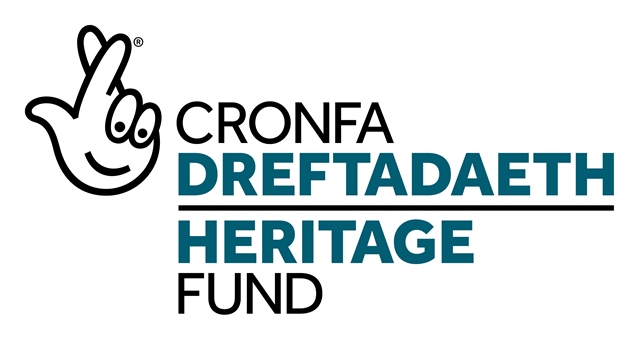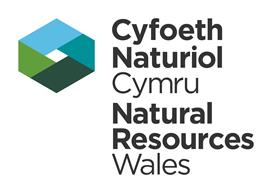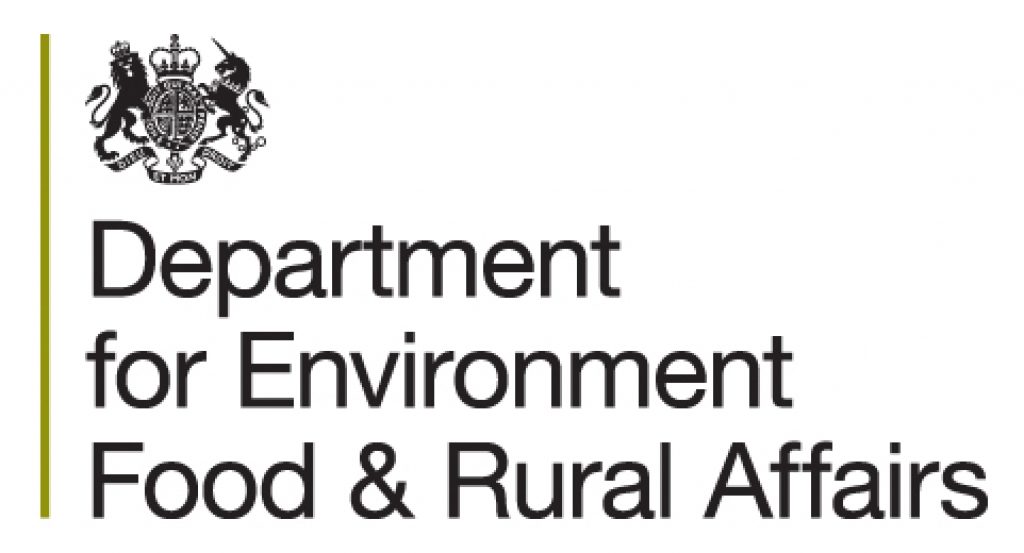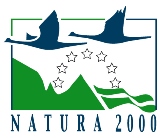The Story of the Peat on the Marches Mosses
A little over 3% of the earth is covered in peat.
In the United Kingdom, approximately 8% of our land is mad up of peat. This is a globally rare environment and we have a comparatively large amount of it.
Peat is 90% water and plays an important role in protection against flooding, water quality and carbon storage. Peatlands in the UK store approximately 5.5 billion tonnes of carbon. This is 36 times more than all of our woodlands store.
There are several types of peatlands; across the Meres and Mosses you can find these:
Lowland raised bogs, which are fed only by rainfall. They are acidic and low in nutrients. The Marches Mosses are the third-largest lowland raised bog in the UK.
Mires, which may contain some peat-forming vegetation but are fed only by rainfall.
Fens, which acquire minerals not just from rainfall but also from mineral-rich groundwater that flows through soil and rocks.
Peat forms where a number of conditions exist simultaneously over a long period of time. These conditions are:
- The continuous annual growth of vegetation
- Moderate to high levels of rainfall
- Poor drainage leading to water logging of the land
- Low levels of oxygen in the soil
It takes about 100 years to make a peat moss 5 cm deep. Plant residues decompose and are compacted as they build up, limiting peat building to 0.5mm – 1mm per year.
In the Meres and Mosses landscape, peat formed after the last ice age when the glacial retreat left an undulating landscape with many hollows that filled with water, creating the meres (lakes). Over time some of these lakes began to fill in with vegetation. Their remains began to form fen-peat, which in turn allowed Sphagnum moss, the key plant in peat formation to begin to colonise.
Throughout history peat has had a long list of uses:
- As a domestic and commercial fuel as far back as the 7th century.
- As bedding for livestock
- Peat fires used to dry out malted barley for distilling whiskey
- To mop up oil spills
- As a filter for gases, odours and liquids
- As a building material
- As a packing material for transporting fruit and vegetables
- To make textiles and even Christmas wreaths
- To add to garden compost
The Marches Mosses are now a National Nature Reserve protected site which has been regenerated by a group led by Natural England with a grant from the BogLIFE programme, in partnership with Natural Resources Wales and Shropshire Wildlife Trust and supported by the National Lottery Heritage Fund.






